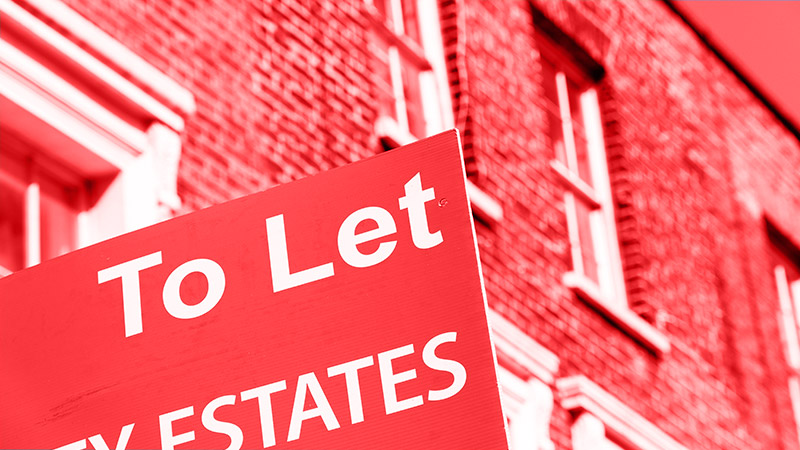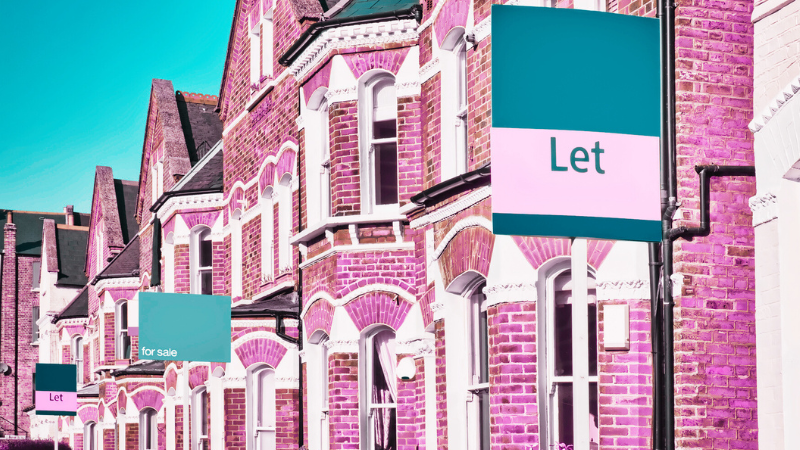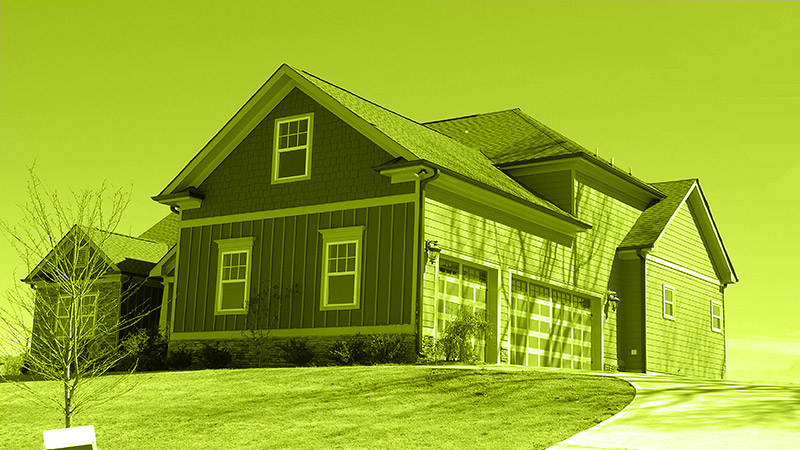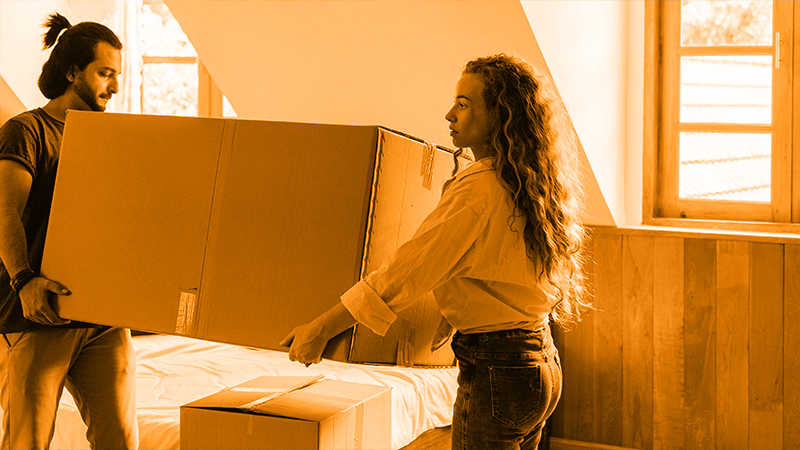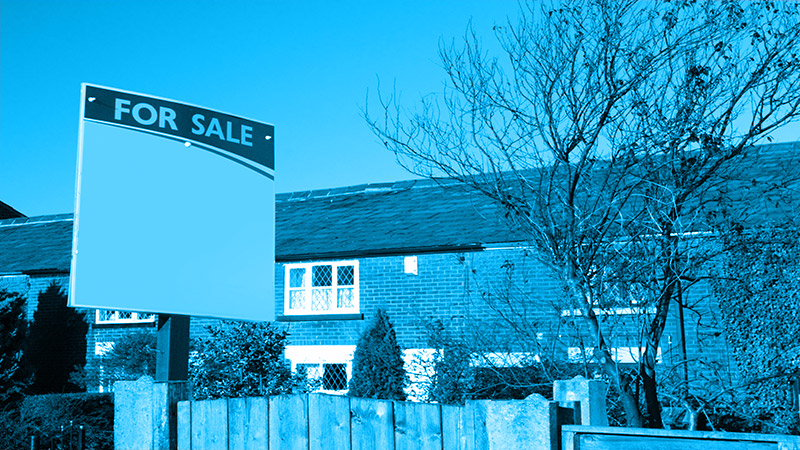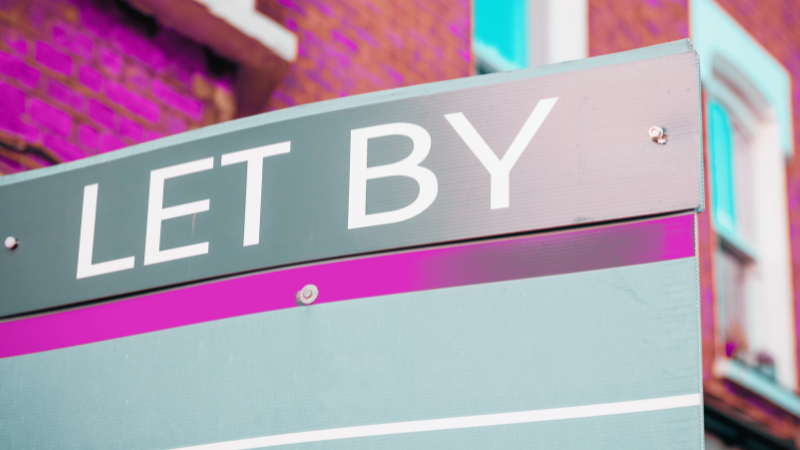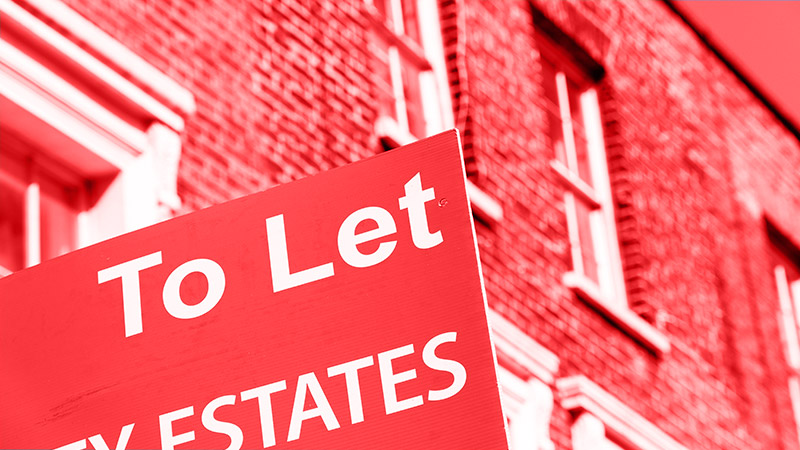Can I remortgage a buy-to-let property?
The answer to this is ‘yes, you can’. However, qualifying for a Buy-to-let mortgage is very much dependent on your circumstances which we will outline in the article below.
Can I remortgage my home to a buy-to-let?
It is possible to remortgage your home to a buy-to-let depending upon the circumstances as you would not be able to live in the property.
Alternatively, you may need consent to let from your existing provider.
Impacting factors on the best Buy-to-let deals
People decide to remortgage their buy-to-let property for various reasons.
Some remortgage to release equity to put towards a deposit on a different property, some remortgage to make home improvements and others remortgage to get a better interest rate.
Your eligibility to remortgage will be dependent on your reasons to do so, the equity in your property may have an impact on rates available to you.
Before a lender will accept your application, they will look at the specific reason for the remortgage before deciding if they will lend to you or not, and if so, how much they are willing to lend you.
To discuss any of the options mentioned below, please get in contact with one of our specialist advisers. We can talk you through the best option for you.
Make an enquiry for a no-obligation chat with one of our remortgage specialists.
Remortgaging for a Deposit
Buy-to-let remortgaging is useful if you are trying to release equity in order to cover a deposit on another property.
This is common amongst landlords who are trying to increase their property portfolio.
If you have many Buy-to-let mortgages, the lender will examine your entire portfolio to ensure that when it comes to borrowing, you are not overstretched.
Where the lease revenue is not enough, the maximum available loan may be reduced to suit the calculation.
Some lenders, however, enable you to supplement the achievable rental revenue with your own personal income.
Remortgage for Debt Consolidation
Some lenders will consider remortgage applications for debt consolidation but due to the increased risk involved, quite often the amount they are willing to lend is limited.
Typically, a remortgage to clear unsecured debts is typically offered at poor rates than those used for other purposes.
However, in many cases, this can still be advantageous, especially if the interest rate is lower than the interest on your debts and monthly repayments.
Improving your Interest Rate
Similar to a residential mortgage, improving your repayment terms is a sufficient reason to seek a remortgage. At Mortgageable, we can help you find the best deals on offer for your circumstances.
Converting your buy-to-let to a residence
It’s relatively common for buy-to-let owners to eventually want to move and live in the property they rent, in which case you will need to convert from a BtL mortgage into a residential mortgage.
You have the option to do this via your current lender or seek out a better deal with a new lender.
Changing from a buy-to-let mortgage to a residential mortgage will result in fees, so if you only require somewhere to live for a short period of time, it may be worth seeking a property to rent short term instead.
Factors that will affect your buy-to-let remortgage
Your personal income and buy-to-let remortgages
As with a standard mortgage, lenders may take your personal income into consideration when applying for a buy-to-let remortgage. It is important for the lender to look at your income and assess it against the buy-to-let remortgage criteria. They will use this analysis to decide upon how much they are willing to lend you.
Some lenders have a minimum income requirement that must be met but the level of the requirement is subject to the lender. Some are less than others.
Typically, lenders will consider the following aspects of your personal income when considering your application:
- Basic Income (Wage)
- Benefits you are in receipt of
- Bonuses or Commissions
- Investments that you may have elsewhere
- Dividends
Issues you may face when remortgaging for a buy-to-let property
As with any financial decisions, make sure you do your research before jumping at the first deal you see.
There are a few disadvantages to remortgaging.
Fees can be incurred for switching to a new mortgage which can end up costing you more money than you had anticipated.
You may incur an early repayment settlement fee with your existing lender if you are tied into a rate and pay the mortgage off. Again, this can be an added cost that you perhaps were not expecting.
You can see why it is important that you check through all the conditions on your current mortgage and find out in advance exactly what fees/costs you will incur if you remortgage.
The equity in your property will also determine what monies you could borrow.
Need more information? Read our related quick help guides:
- Portfolio mortgages.
- Converting residential mortgages to buy to let.
- Buy to let remortgages.
- Buy to let mortgages with bad credit.
- Buy to let guide.
- Can I buy a house and rent it to a family member?
I have a poor credit history; can I apply for a buy-to-let mortgage?
Arranging a buy-to-let remortgage for customers with bad credit can be difficult. Below are a few of the issues that may make obtaining a buy-to-let remortgage harder:
- Poor credit score
- History of mortgage arrears
- CCJs (County Court Judgments) IVAs (Individual Voluntary Arrangements) and DMPs (Debt Management Plans)
- Bankruptcy
- Previous Repossession
- Defaults
If you feel any of the issues outlined above may affect your application for a buy-to-let remortgage, then do not hesitate in contacting one of our expert advisers to discuss your circumstances.
All of our advisors are professionally trained and have the expertise to answer any questions you may have about the buy-to-let remortgage process.
Will the type of property I am purchasing affect the buy-to-let mortgage deal I will get?
Most lenders prefer to deal with the ‘standard’ bricks and mortar houses with a slate roof.
The reason being, deviations from this can have a higher risk for the lender, however, there are lenders that will consider non-standard construction.
Below is a non-exhaustive list of properties deemed to be outside of the ‘standard’ construction:
- Properties with a thatched roof
- High rise flats
- Properties with Stone or Felted roofs
- Timber-framed homes
Buy-to-let remortgage rates and how to get the best deal
The list of remortgages available on the market is extensive but the level of interest you will pay is very much dependent on the lender and your personal and financial circumstances.
Those with a good credit history will quite often qualify for a better rate than those with a poor history. Deposit/Equity also has a lot to do with the rate you will get.
So, those with more deposit may end up with a lower rate buy-to-let remortgage deal.
Again, the same applies to the amount of equity you have.
It is important to note here that there are fees that come with the set up of a new mortgage and a lower rate doesn’t always mean that you are getting the best deal.
It is important to look at the cost of the buy-to-let remortgage overall before accepting any deal.
To discuss rates, fees and eligibility, contact one of our specialist advisers who are on hand to help you get the best deal available to suit your needs.
Call us today on 03330 90 60 30 or contact us. One of our advisors can talk through all of your options with you.



